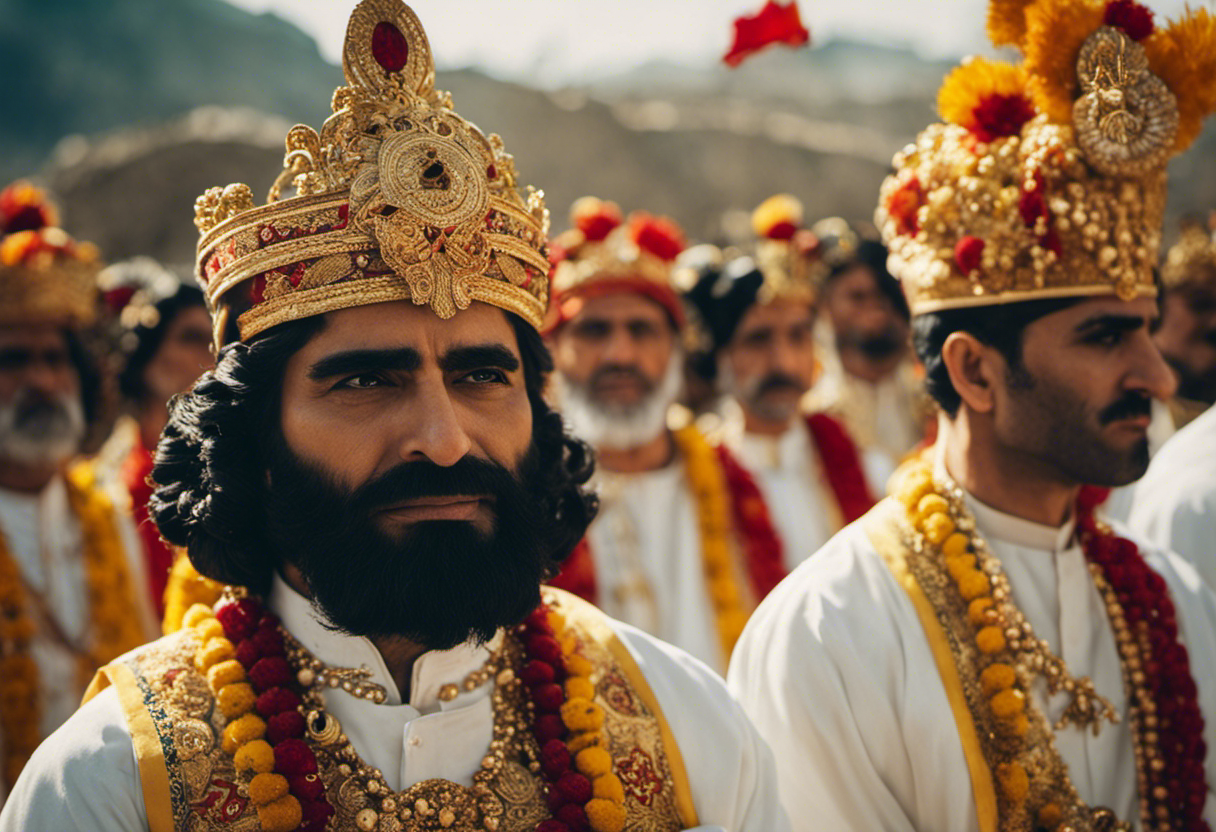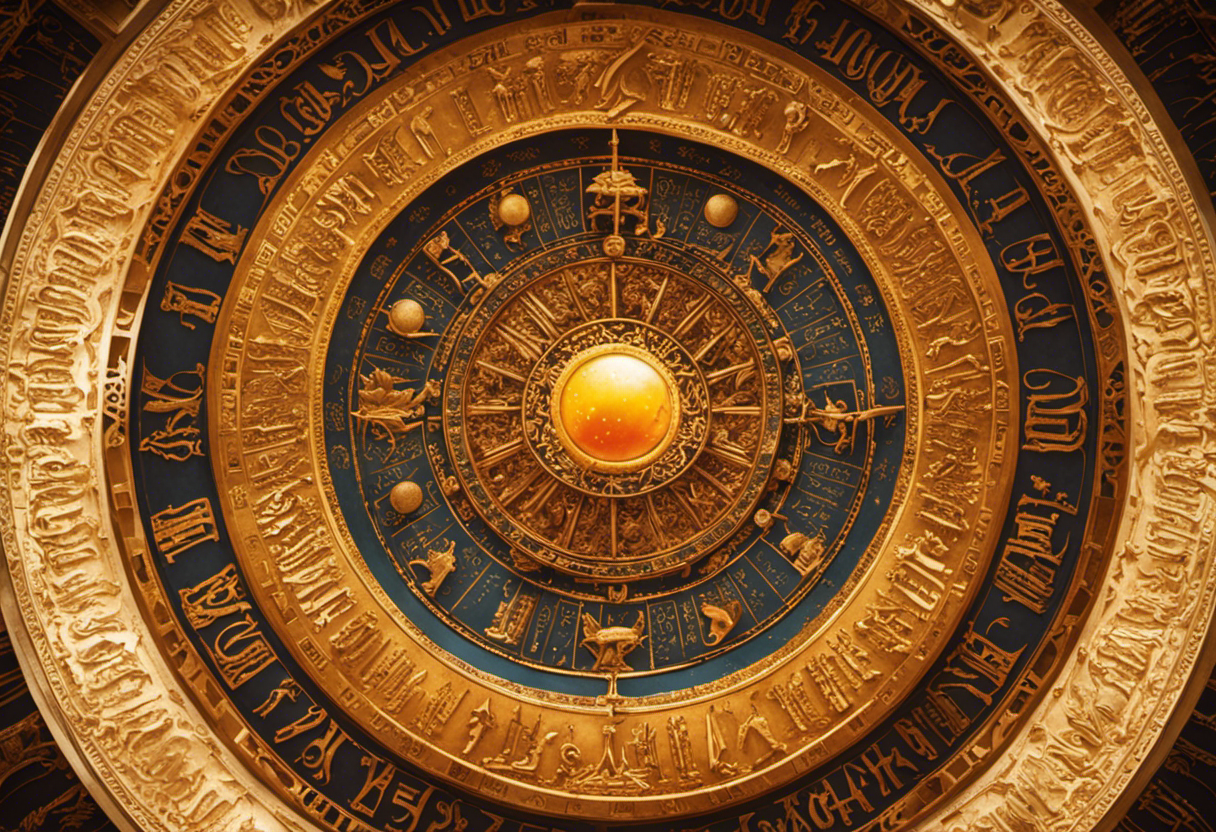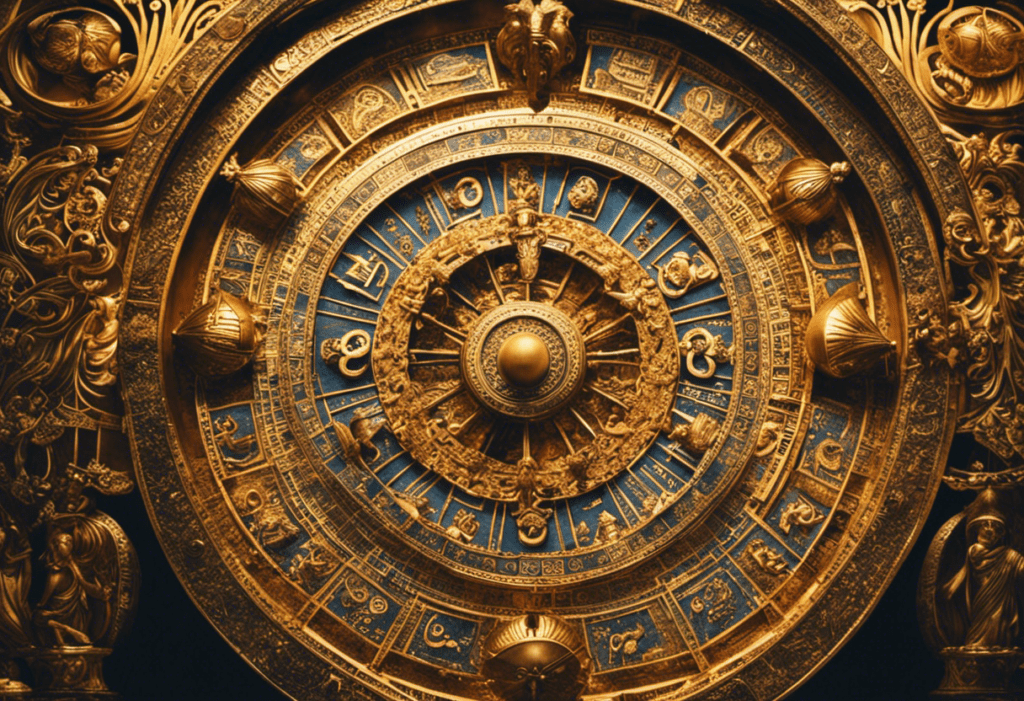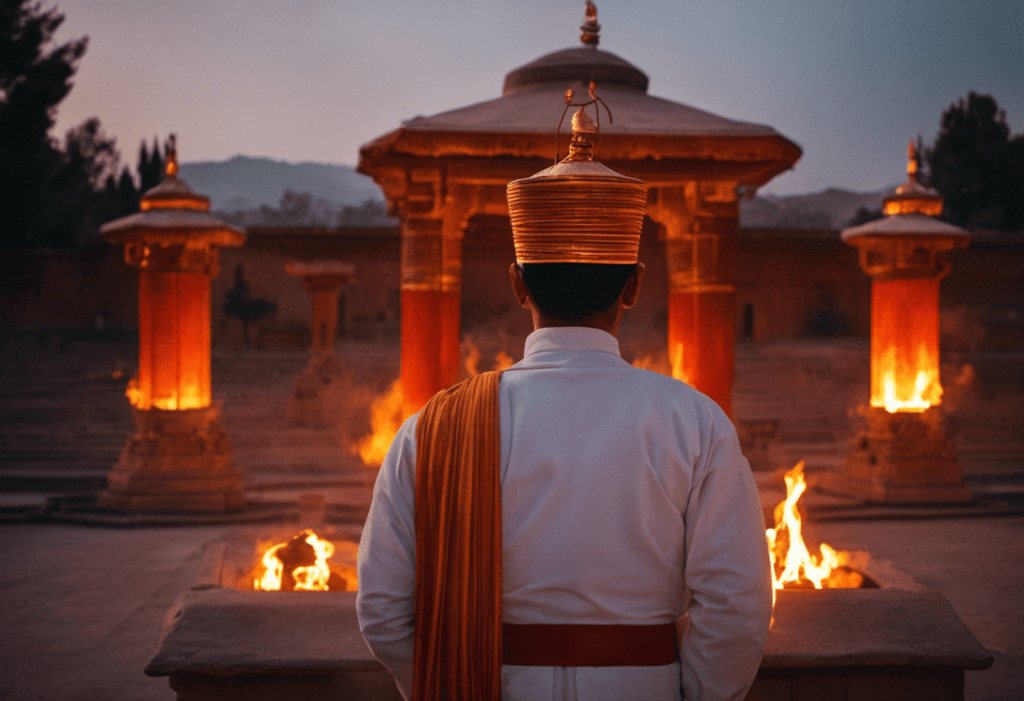In the intricate tapestry of ancient calendars, few are as enigmatic as the Zoroastrian calendar, with its meticulously structured months and days.
Steeped in millennia of tradition, this celestial timekeeping system offers a fascinating glimpse into the rich cultural heritage of Zoroastrianism.
From the origins and evolution of this calendar to the unique naming and numbering of days, this article delves into the intricate details, shedding light on the festivals, observances, and the profound significance and symbolism that underpin the Zoroastrian calendar.
Key Takeaways
- The Zoroastrian calendar is a solar calendar with lunar elements, resulting in a complex system.
- The calendar consists of twelve months, each associated with specific festivities and rituals.
- Each day in the Zoroastrian calendar is assigned a specific name based on its position within the month, derived from the ancient language of the Zoroastrian scriptures.
- Festivals in the Zoroastrian calendar play an important role in religious ceremonies and celebrations, connecting Zoroastrians to their religious heritage and fostering a sense of community.
Origins and Evolution of the Zoroastrian Calendar


One significant aspect of the current discussion on the origins and evolution of the Zoroastrian calendar is the identification of five intercalary days which were added to compensate for the discrepancy between the lunar and solar cycles. The Zoroastrian calendar is a solar calendar, meaning it is based on the movement of the sun. However, it also incorporates lunar elements, resulting in a complex system. The addition of intercalary days was necessary to ensure that the calendar remained in sync with the seasons.
The influence of the Zoroastrian calendar on modern calendars is significant. Its structure and concepts have been adapted and incorporated into various other calendars, particularly in the Middle East and Central Asia. The cultural impact of the Zoroastrian calendar cannot be overstated. It has played a crucial role in shaping the religious and social practices of Zoroastrian communities throughout history. The calendar has guided their religious rituals, festivals, and agricultural activities. It has served as a unifying factor, providing a shared sense of identity among Zoroastrians.
Studying the origins and evolution of the Zoroastrian calendar not only sheds light on the historical development of this ancient calendar system but also highlights its enduring legacy in contemporary society. It is a testament to the enduring significance of cultural traditions and their impact on our understanding of time.
The Twelve Months of the Zoroastrian Calendar


The twelve months of the Zoroastrian calendar provide a comprehensive framework for organizing religious observances, agricultural activities, and social events within the Zoroastrian community. Each month is associated with specific festivities and rituals that are deeply rooted in Zoroastrian tradition.
The first month of the Zoroastrian calendar is called Farvardin, which marks the beginning of spring and is associated with the celebration of Nowruz, the Persian New Year. This month is dedicated to the worship of Faravahar, a symbol representing Zoroastrianism.
The second month is called Ordibehesht, which is associated with the deity Asha Vahishta, representing righteousness and truth. This month is known for the festival of Sadeh, where bonfires are lit to symbolize the triumph of light over darkness.
Khordad, the third month, is dedicated to the worship of the deity Amesha Spenta, representing devotion and zeal. This month is celebrated with the festival of Tirgan, a water festival where people gather by rivers and streams to enjoy outdoor activities.
These are just a few examples of the traditional festivities and religious observances that take place throughout the Zoroastrian calendar. These months provide a structured framework for the Zoroastrian community to come together and celebrate their faith, while also honoring the natural rhythms of the agricultural and seasonal cycles.
The Unique Naming and Numbering of Days


Two significant features of the Zoroastrian calendar are the unique naming and numbering of days, which distinguish it from other calendars.
The Zoroastrian calendar consists of twelve months, each with thirty days. However, the interesting aspect lies in how the days are named and numbered.
In the Zoroastrian calendar, each day is assigned a specific name based on its position within the month. For example, the first day of the month is called ‘Ahunavad,’ the second day is ‘Aiwisruthrem,’ and so on. These names are derived from Avestan, the ancient language of the Zoroastrian scriptures. The naming conventions hold ceremonial significance, as each name represents a different aspect of life and is associated with specific religious rituals and prayers.
In addition to the unique naming conventions, the Zoroastrian calendar also uses a distinct numbering system for the days. The days are numbered from one to thirty, corresponding to the position of the day within the month. This numbering system allows for a clear and consistent organization of time within the Zoroastrian religious and cultural practices.
Overall, the unique naming and numbering of days in the Zoroastrian calendar play a significant role in defining the religious and ceremonial significance of each day. They provide a structured framework for the observance of rituals and prayers, allowing the followers of Zoroastrianism to connect with their faith in a meaningful way.
Festivals and Observances in the Zoroastrian Calendar


Festivals and observances in the Zoroastrian calendar provide opportunities for followers to engage in religious ceremonies and celebrate their faith. These festivals are an integral part of Zoroastrianism and are steeped in rich customs and rituals.
The Zoroastrian calendar consists of a series of festivals that are celebrated throughout the year, each with its own significance and purpose. One of the most important festivals in the Zoroastrian calendar is Nowruz, which marks the beginning of the new year. Nowruz is celebrated on the vernal equinox and is a time for renewal and rejuvenation. During this festival, Zoroastrians engage in various customs such as spring cleaning, visiting family and friends, and setting up a haft-seen table with symbolic items.
Another significant festival is Mehregan, which honors the divinity of Mithra, the god of light and justice. This festival is celebrated in autumn and is a time for giving thanks for the bounties of nature. Zoroastrians participate in rituals such as feasting, dancing, and wearing vibrant costumes.
Other festivals in the Zoroastrian calendar include Sadeh, which celebrates the discovery of fire, and Tirgan, which commemorates the ancient Iranian rain festival. These festivals play an important role in connecting Zoroastrians to their religious heritage and providing a sense of community and belonging.
Significance and Symbolism of the Zoroastrian Calendar


Within the Zoroastrian calendar, the significance and symbolism of each festival and observance provide followers with a deeper understanding of their faith and a connection to their religious heritage. The Zoroastrian calendar is a complex and intricate system that organizes time into months and days, with each having its own symbolic meanings and cultural practices.
Symbolic Meanings: The festivals and observances in the Zoroastrian calendar hold deep symbolic meanings, representing various aspects of the Zoroastrian faith. For example, the festival of Norouz, which marks the beginning of the new year, symbolizes renewal, growth, and the triumph of light over darkness. Similarly, the festival of Meheragan celebrates the divine spirit of love and friendship, emphasizing the importance of unity and harmony among individuals.
Cultural Practices: The Zoroastrian calendar also incorporates various cultural practices that are observed during specific festivals and observances. These practices often involve rituals, prayers, and offerings to honor the divine beings and seek their blessings. For instance, during the festival of Sadeh, a bonfire is lit to symbolize the defeat of winter and the arrival of spring, while prayers are offered for the well-being and prosperity of the community.
Overall, the Zoroastrian calendar plays a crucial role in the religious and cultural life of Zoroastrians, providing them with a framework to celebrate their faith and connect with their ancestral traditions. Through the symbolic meanings and cultural practices associated with each festival and observance, followers are able to deepen their spiritual understanding and strengthen their bond with their religious heritage.
Conclusion
In conclusion, the Zoroastrian calendar, with its origins dating back centuries, has evolved into a structured system of twelve months and a unique naming and numbering of days.
The calendar serves as a guide for festivals and observances that hold deep significance and symbolism for the Zoroastrian community.
Through its objective and analytical structure, the calendar continues to provide a sense of order and spirituality for its adherents, contributing to the preservation of Zoroastrian traditions and beliefs.



